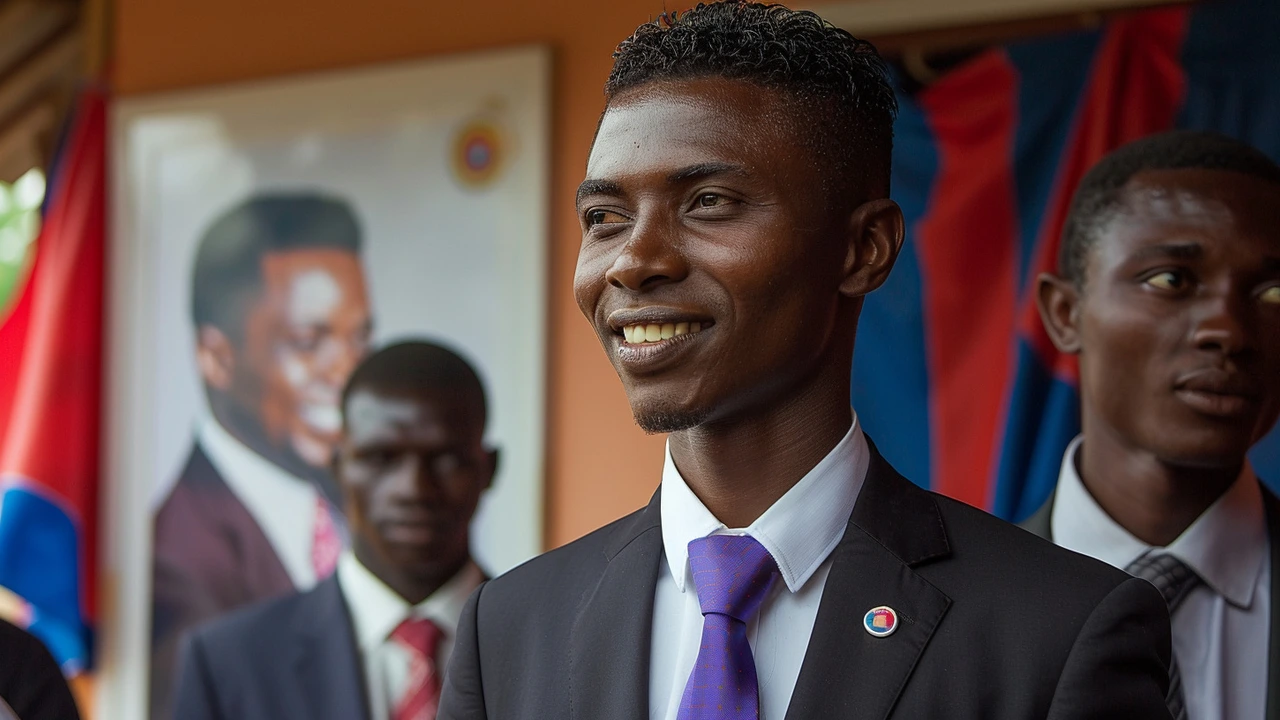Humanitarian aid isn’t just a headline—it’s a tough, ongoing effort with real people and real stakes. In Africa, these relief efforts help communities hit by conflict, natural disasters, and disease outbreaks. The need goes far beyond just food and water. Aid programs tackle health care, education, shelter, and even wildlife protection—especially where local livelihoods depend on the land.
Let’s talk specifics. When drought strikes in Kenya or South Africa, families lose crops and livestock overnight, sinking into poverty. Aid teams move fast to drop off emergency food packages and bring clean water right to remote villages. But the help doesn’t end there. They also provide seeds and farming tools so families can bounce back and rebuild. It’s not just about survival—it’s about getting people back on their feet long-term.
Crises don’t just affect people. On game farms across Africa, humanitarian aid works hand-in-hand with conservation. Floods or disease outbreaks can wipe out animal populations and ruin eco-tourism income. Relief funds here become a lifeline for both wild animals and the people whose jobs depend on them. This means vet care for injured or sick wildlife, fences to prevent poaching, and support for rangers who protect endangered species.
You’ll also see big organizations like the Red Cross and World Food Programme teaming up with local groups. Why’s this important? Locals know the terrain. They know which rivers dry up first and which villages go hungry when supply chains collapse. By matching outside funding with local knowledge, aid reaches more people—faster and more efficiently.
But not all aid stories are success stories. Corruption, conflict zones, and bad roads all slow things down. For instance, during the Ebola outbreak, some areas couldn’t get medicine in time due to roadblocks. In the Democratic Republic of Congo, aid convoys sometimes need military escorts just to deliver basic supplies.
What about the future? More groups are pushing cash-based assistance. It lets communities choose what’s most urgent—whether it's food, school fees, or rebuilding a goat pen. Studies from UN field offices show that giving cash directly to families boosts local markets and speeds up recovery. But every region’s different, so there’s no one-size-fits-all solution.
Finally, humanitarian aid is going digital. Mobile apps now help register families for emergency relief within minutes. Even small-scale game farmers can track aid deliveries on their phones, making corruption harder and accountability easier. With new tech, transparency gets a boost—and so do results on the ground.
Humanitarian aid in Africa is always evolving. Whether tackling bushfires, epidemics, or poverty, the goal is the same: real, practical help that makes a difference when—and where—it counts most.

The African Development Bank has pledged ongoing support to Sudan amid its civil conflict, committing funds to humanitarian, agricultural, and economic projects. Senior officials met to discuss priorities and strategies for stabilizing the economy and aiding recovery efforts in the region.
Read More >>